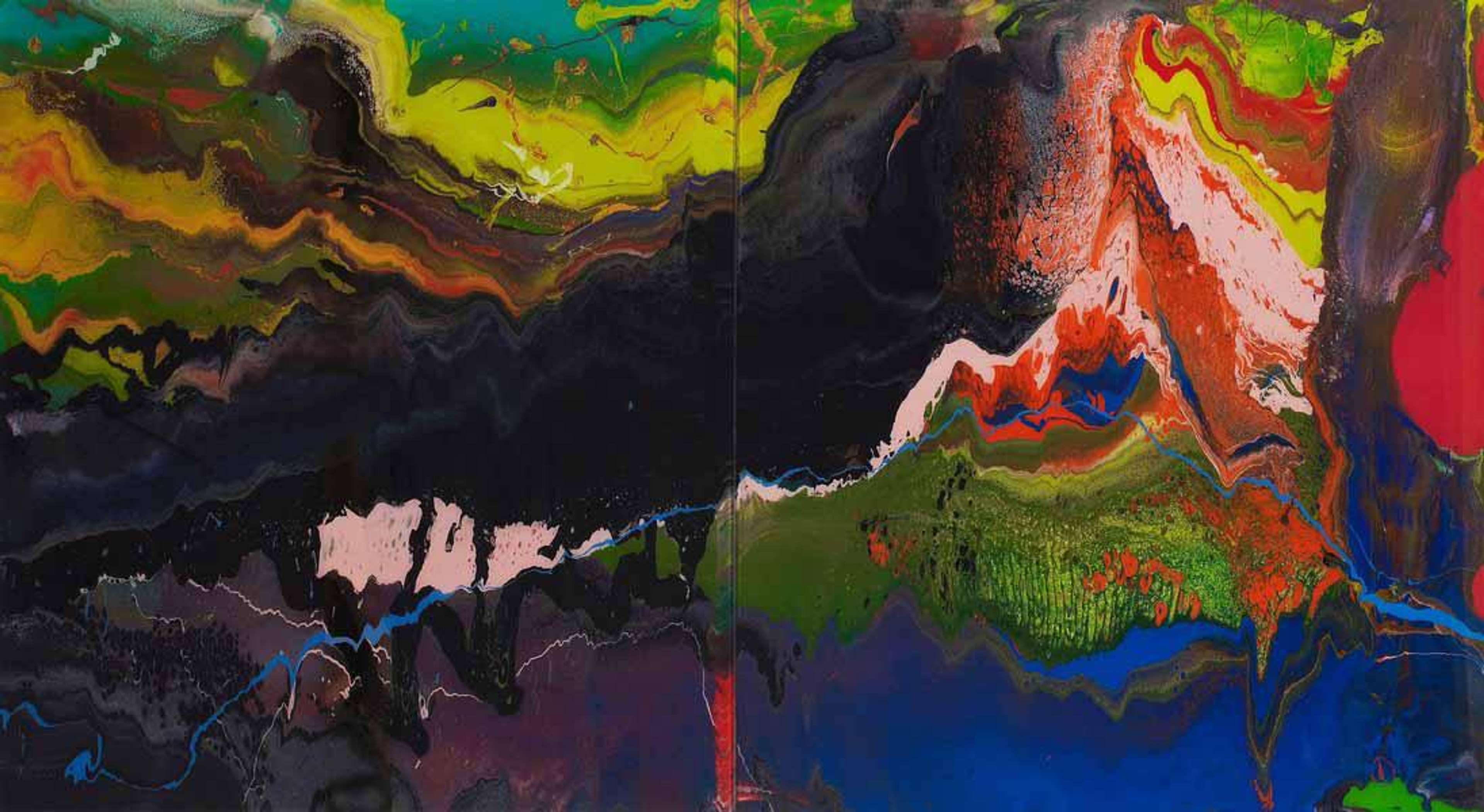
Flow (P16)

Flow (P16)
Unsigned Print
Gerhard Richter
£5,500-£8,000
$11,000-$16,000 Value Indicator
$10,000-$14,500 Value Indicator
¥50,000-¥70,000 Value Indicator
€6,000-€9,000 Value Indicator
$60,000-$80,000 Value Indicator
¥1,120,000-¥1,630,000 Value Indicator
$7,000-$10,500 Value Indicator
There aren't enough data points on this work for a comprehensive result. Please speak to a specialist by making an enquiry.
100 x 200cm, Edition of 500, Digital Print
Auction Results

Track auction value trend
Meaning & Analysis
The work of Cologne-based German artist Gerhard Richter, this unsigned print is part of the Flow series. Issued in an edition of 500 in 2014, the digital print is made after one of Richter’s distinctive abstract works.
Like its immediate predecessor in the Flow series, Flow (P15), Flow (P16) is an artwork in two halves. Resembling the diptych form, which first emerged during the Middle Ages and which went on to become a cornerstone of Byzantine and Christian religious painting, the print is imbued with a sense of the divine. This is a theme that Richter has explored many times in his work, most notably in his 1974 work 4096 Colours and in the stained-glass window at Cologne Cathedral that this work inspired. Dominating the print’s visual field is a large streak of black paint that crosses the ‘border’ between the original artwork’s left and right panels. Dripping down onto subsequent layers of green, red, and blue, the print references the original’s medium of choice: oil paint.
Richter has often been described as an artist who wishes to bring about the ‘death’ of painting. Fiercely against forms of traditionalism in modern and contemporary art, Richter has turned his hand at a number of unusual artistic methods that each aim to deconstruct established practices and representations. His abstract works, first begun during the early 1970s, are a typical example of this deconstructive approach. Commenting on his sustained practice of scraping oil paint across canvas surfaces, Richter once said: “If, while I'm painting, I distort or destroy a motif, it is not a planned or conscious act, but rather it has a different justification: I see the motif, the way I painted it, is somehow ugly or unbearable. Then I try to follow my feelings and make it attractive. And that means a process of painting, changing or destroying – for however long it takes – until I think it has improved.”